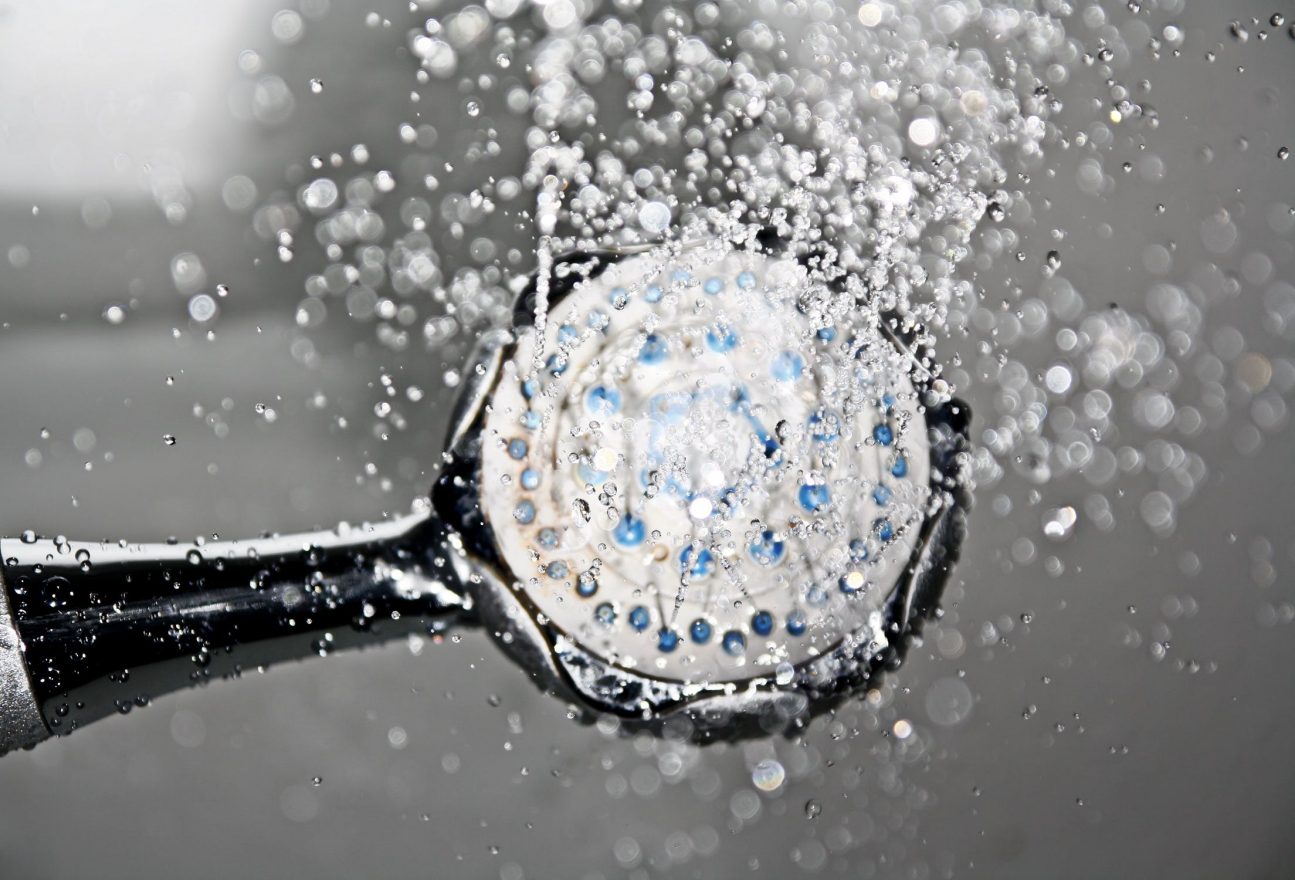
Showering and bathing is part of everyone’s daily routine and should be still enjoyed even if you have a stoma. You may feel concerned about getting your stoma or skin wet, but normal exposure to water and air will not harm your stoma in any way.
If you have recently had stoma surgery, it is wise to talk to your surgeon or stoma care nurse about showering and bathing, the advice is often to avoid a long soak in a bath for the first few weeks to avoid the stiches and wound becoming moist, but showering and shallow baths are perfectly fine. If you are concerned about getting your stoma and surrounding area wet, you can always keep your pouch in place throughout which will keep the area dry.
Colostomies function less often and with some predictability so it is a little easier to be able to time your shower without wearing your pouch, perhaps before you eat in the morning or later in the evening maybe the quietest and less active time
Ileostomies and Urostomies tend to be more active and therefore be prepared for some activity whilst showering, if this bothers you, wearing a pouch throughout, may help.
Many ostomates prefer wearing a pouch whilst showering. If using a two-piece system, it is better to remove both the barrier and the pouch, rather than leaving the barrier in place as the water may reduce its wear time. It is a good idea to decide whether you are changing the pouch after your shower so you can prepare another pouch ready for quick application or whether your current one will remain in place for the rest of the day. The ostomy pouches and the backing flanges are waterproof and the materials should dry off after the shower so they can continue to be worn.
It is important to make sure the filter on your pouch does not get wet whilst showering, as the water can block the filter and stop it from working. As a result, you may run into a number of issues later on in the day, such as excessive gas in your pouch or ballooning, which will be uncomfortable and could cause leaks.
All in all, you can bath and shower as normal – without compromising or changing your body care routine.
 If you need some more information about FORLIFE or our products, please have a look at the FAQ or contact us by E-Mail. We are also available on our Social Media Channels. We look forward to hearing from you!
If you need some more information about FORLIFE or our products, please have a look at the FAQ or contact us by E-Mail. We are also available on our Social Media Channels. We look forward to hearing from you!
The contents of this blog, including all text, graphics, images and information, are intended for informational purposes only. They are not a substitute for professional medical advice, diagnosis or treatment. Always consult a qualified healthcare professional if you have any questions about a medical condition or treatment, and before starting any new healthcare treatment. Reliance on any information provided on this website regarding health related decisions are solely at the reader's own risk.